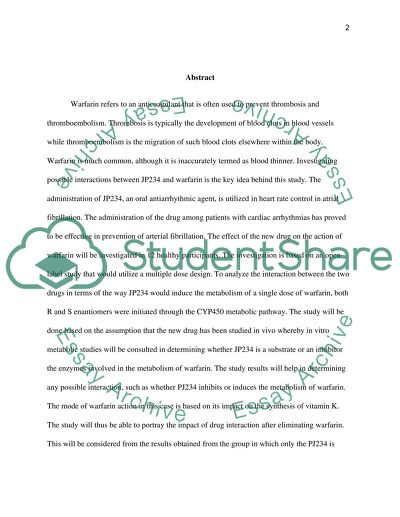Cite this document
(Pharmacology - Dose of Warfarin Schedule Case Study, n.d.)
Pharmacology - Dose of Warfarin Schedule Case Study. Retrieved from https://studentshare.org/health-sciences-medicine/1673216-pharmacology-assignment
Pharmacology - Dose of Warfarin Schedule Case Study. Retrieved from https://studentshare.org/health-sciences-medicine/1673216-pharmacology-assignment
(Pharmacology - Dose of Warfarin Schedule Case Study)
Pharmacology - Dose of Warfarin Schedule Case Study. https://studentshare.org/health-sciences-medicine/1673216-pharmacology-assignment.
Pharmacology - Dose of Warfarin Schedule Case Study. https://studentshare.org/health-sciences-medicine/1673216-pharmacology-assignment.
“Pharmacology - Dose of Warfarin Schedule Case Study”, n.d. https://studentshare.org/health-sciences-medicine/1673216-pharmacology-assignment.


